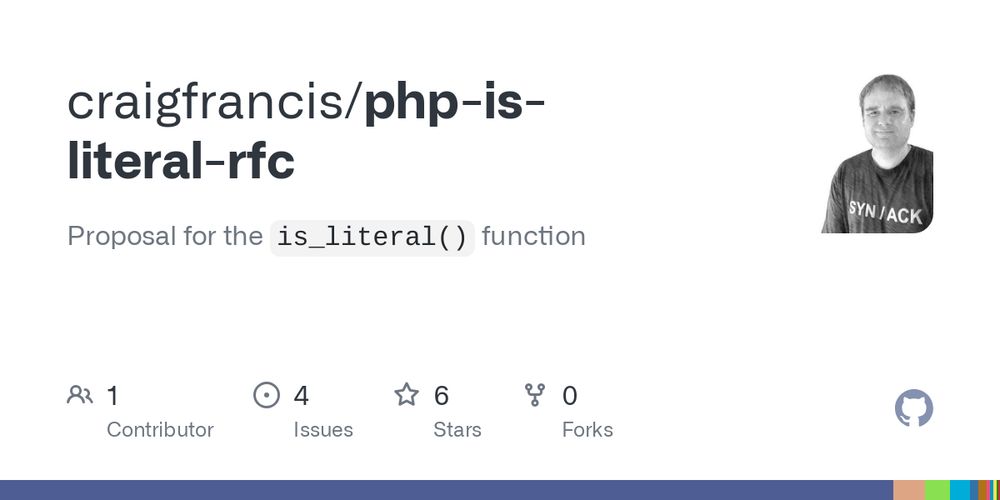
eiv.dev/trusted-types/
eiv.dev/trusted-types/
7. Apply variables to safe attributes only
9. Avoid problematic functions
Trusted Types is helpful here, it’s enabled via CSP, the browser will then block all of these unsafe features by default (with a bypass for the special cases).
7. Apply variables to safe attributes only
9. Avoid problematic functions
Trusted Types is helpful here, it’s enabled via CSP, the browser will then block all of these unsafe features by default (with a bypass for the special cases).
So all Python frameworks can completely prevent SQL Injection, by simply ensuring the SQL is a LiteralString (i.e. a developer defined string, while using Parameterised Queries for user values).
So all Python frameworks can completely prevent SQL Injection, by simply ensuring the SQL is a LiteralString (i.e. a developer defined string, while using Parameterised Queries for user values).
Content-Security-Policy: […]; require-trusted-types-for 'script'; trusted-types 'none';
I *really* like Trusted-Types, but I don’t think many developers know about it.
I want to dangerous APIs (like innerHTML) to be replaced be safe-by-default APIs.
Content-Security-Policy: […]; require-trusted-types-for 'script'; trusted-types 'none';
I *really* like Trusted-Types, but I don’t think many developers know about it.
I want to dangerous APIs (like innerHTML) to be replaced be safe-by-default APIs.
(not actually understand, if you did then you wouldn’t do this, but anyway).
(not actually understand, if you did then you wouldn’t do this, but anyway).




github.com/craigfrancis...

github.com/craigfrancis...
github.com/craigfrancis...
If memory serves, you’re using Go atm; so this is how I would start, with a package that’s for the database abstraction (maybe taking an SQL string, or individual parameters for an ORM):
github.com/craigfrancis...
github.com/craigfrancis...
If memory serves, you’re using Go atm; so this is how I would start, with a package that’s for the database abstraction (maybe taking an SQL string, or individual parameters for an ORM):
github.com/craigfrancis...
eiv.dev
eiv.dev
So the functions first argument can be “convert ? -resize ? ?”, and because it’s unexported, that must be provided during compile time.
So the functions first argument can be “convert ? -resize ? ?”, and because it’s unexported, that must be provided during compile time.

